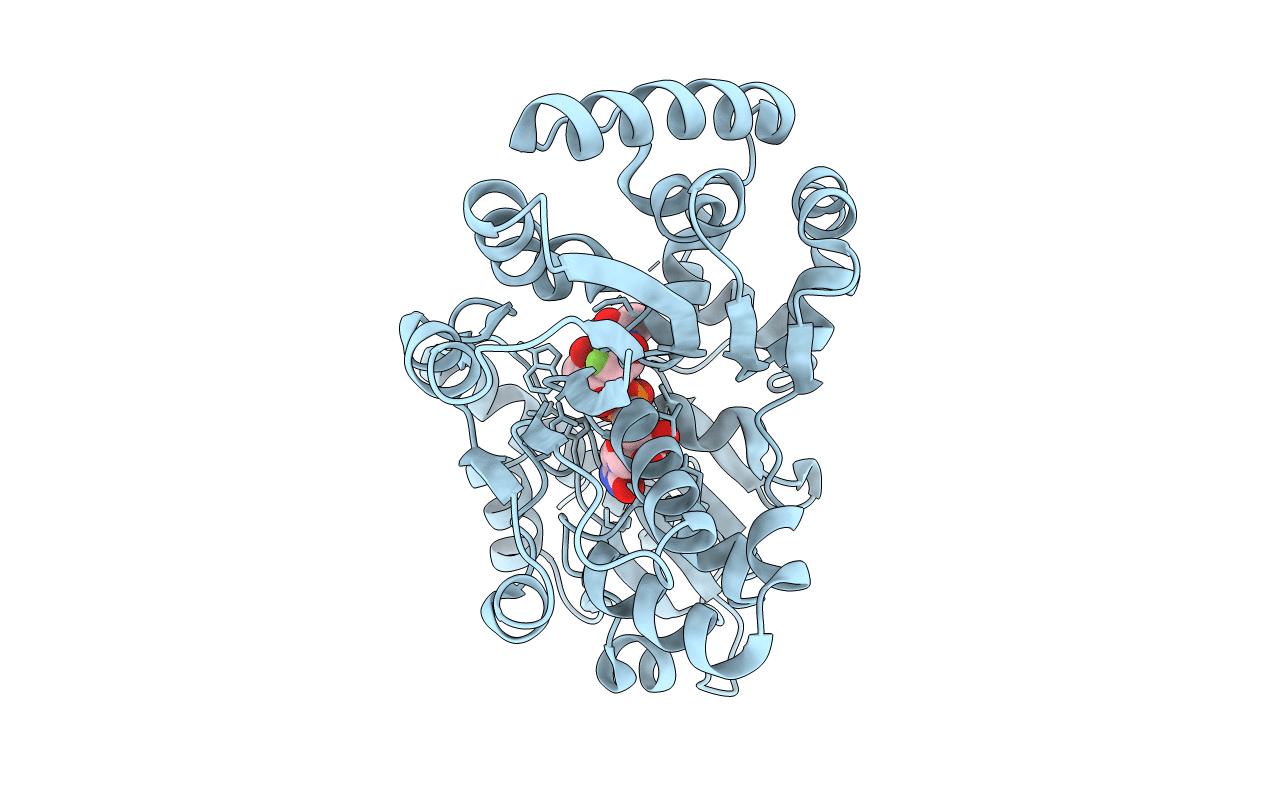
Deposition Date
2006-09-26
Release Date
2007-05-22
Last Version Date
2023-08-30
Entry Detail
PDB ID:
2IHJ
Keywords:
Title:
crystal structure of multifunctional sialyltransferase from pasteurella multocida with CMP-3F-Neu5Ac bound
Biological Source:
Source Organism:
Pasteurella multocida (Taxon ID: 747)
Host Organism:
Method Details:
Experimental Method:
Resolution:
2.00 Å
R-Value Free:
0.22
R-Value Work:
0.19
R-Value Observed:
0.19
Space Group:
P 1 21 1


